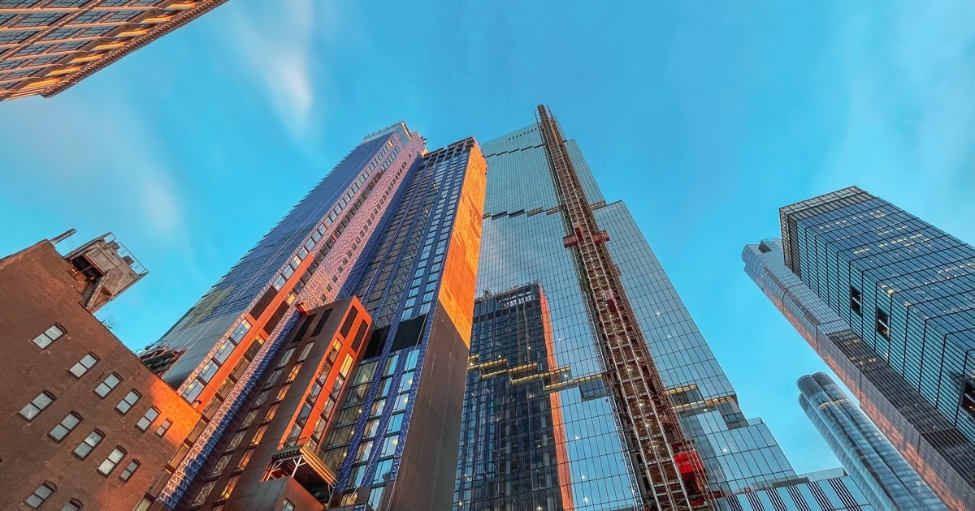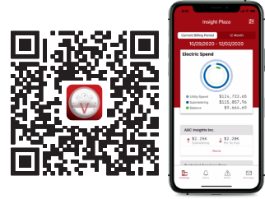Adding Value Through ASHRAE 90.1's Energy Monitoring Requirement
ASHRAE's energy code requires electrical energy monitoring by load type. This is actually good for everybody.
In our experience, too many people view submetering as a box to check – rather than an opportunity. It's true that ASHRAE 90.1 requires electric submetering in many properties. So if you have to spend money on submetering, why not implement a system you can actually get something out of?
When the time comes to select and install electrical submeters, we encourage you to think about the big picture. Meter and system selection is the perfect place to avoid wasting money and to add value to your project.
HOW TO AVOID WASTING MONEY ON SUBMETERING SYSTEMS
- Not all meters integrate well: Some meters might not connect to your building automation system (BAS), leaving your data siloed.
- Poor design leads to inefficiencies: Without an integrated system, you won't get a complete picture of your building’s performance.
Rather than adding meters that merely fulfill a requirement, it’s more efficient to design an integrated system from the start. This proactive approach saves money and avoids costly mistakes later.
TOP BENEFITS TO ASHRAE 90.1'S ELECTRICAL ENERGY MONITORING REQUIREMENTS:
#1: You can see exactly what’s causing your unrecovered utility costs.
Most buildings used to be set up to meter total usage and tenant usage, and the rest was unknown… and unknowable. Having visibility into HVAC vs. interior lighting vs. exterior lighting vs. plug loads provides valuable insight into daily operations and how these essential use types contribute to common area costs.
#2: Submetering by load type makes it much easier to diagnose inefficiencies and troubleshoot problems.
For example, say your common area usage is higher than expected. But why? A dive into the data shows that all usages are in line… except the exterior lighting. Next is a controls review, which identifies that the exterior lights are on 24/7, but nobody noticed during daytime. At least now you know what went wrong and what to fix.
TL;DR
Said another way, energy and tenant submetering is more than a code requirement to check off, given the insight it provides. Including submetering during design and construction is an easy and "green" way to improve your bottom line and your property value.
ASHRAE 90.1 FAQs
Q: What is the ASHRAE 90.1 energy monitoring requirement?
A: ASHRAE 90.1-2022 Section 8.4.3 mandates that electricity usage be monitored by load type, including total building usage, HVAC, exterior lighting, interior lighting, and receptacles in new construction.
Q: Why is ASHRAE 90.1's energy monitoring requirement important?
A: It provides valuable insights into energy usage and inefficiencies in different systems, allowing for better cost recovery and more effective building management.
Q: What are the benefits of monitoring electrical energy by load type?
- You can identify and understand the causes of unrecovered utility costs.
- It helps you easily diagnose inefficiencies, such as over-usage in certain areas like exterior lighting.
Want to integrate, design, or install submetering in your next project?
We can helpYou Might Like
About utiliVisor
Your tenant submetering and energy plant optimization services are an essential part of your operation. You deserve personalized energy insights from a team that knows buildings from the inside out, applies IoT technology and is energized by providing you with accurate data and energy optimization insights. When you need experience, expertise, and service, you need utiliVisor on your side, delivering consistent energy and cost-saving strategies to you. What more can our 45+ years of experience and historical data do for you? Call utiliVisor at 212-260-4800 or visit utilivisor.com



